The honey market exhibits a dynamic competitive landscape characterized by a blend of established players and emerging brands. Key growth drivers include increasing consumer awareness regarding health benefits, rising demand for natural sweeteners, and a growing trend towards organic products. Major companies such as Dutch Gold Honey Inc (US), Nature Nate's Honey Co (US), and Honey Pacifica (US) are strategically positioned to leverage these trends. Dutch Gold Honey Inc (US) focuses on expanding its product range to include organic and specialty honeys, while Nature Nate's Honey Co (US) emphasizes transparency in sourcing and production, appealing to health-conscious consumers. Honey Pacifica (US) is enhancing its digital presence, indicating a shift towards e-commerce as a vital sales channel. Collectively, these strategies shape a competitive environment that is increasingly focused on quality, transparency, and consumer engagement.
Key business tactics within the honey market include localizing manufacturing and optimizing supply chains to enhance efficiency and reduce costs. The market structure appears moderately fragmented, with several players vying for market share. However, the influence of key players is substantial, as they set quality standards and consumer expectations. This competitive structure allows for innovation and differentiation, as companies strive to capture the attention of health-conscious consumers.
In October 2025, Dutch Gold Honey Inc (US) announced the launch of a new line of organic honey products, which aims to cater to the growing demand for organic food options. This strategic move not only aligns with consumer preferences but also positions the company to compete more effectively against rivals in the organic segment. The introduction of these products is likely to enhance brand loyalty and attract new customers seeking healthier alternatives.
In September 2025, Nature Nate's Honey Co (US) unveiled a new transparency initiative, providing detailed information about the sourcing and production processes of its honey. This initiative is significant as it addresses consumer concerns regarding product authenticity and quality. By fostering trust through transparency, the company may strengthen its market position and differentiate itself from competitors who may not prioritize such initiatives.
In August 2025, Honey Pacifica (US) expanded its e-commerce capabilities by partnering with a leading online grocery platform. This partnership is crucial as it allows the company to reach a broader audience and adapt to changing consumer shopping behaviors. The move towards digital sales channels reflects a broader trend in the market, where convenience and accessibility are paramount for consumer engagement.
As of November 2025, current competitive trends in the honey market include a pronounced focus on digitalization, sustainability, and the integration of technology into operations. Strategic alliances are increasingly shaping the landscape, enabling companies to pool resources and expertise. Looking ahead, competitive differentiation is likely to evolve, with a shift from price-based competition to a focus on innovation, technology, and supply chain reliability. Companies that can effectively leverage these trends will likely secure a stronger foothold in the market.


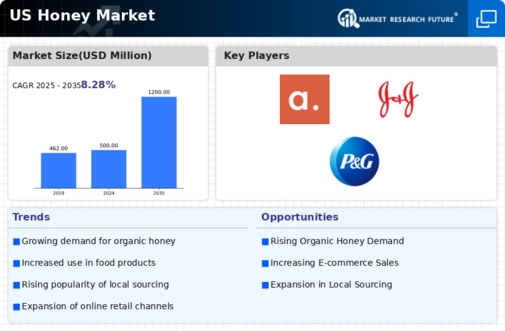

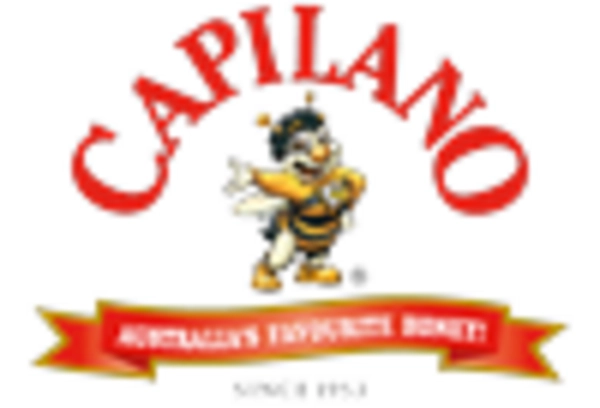
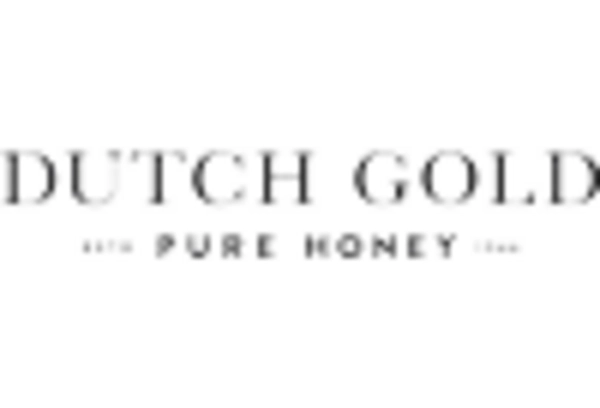
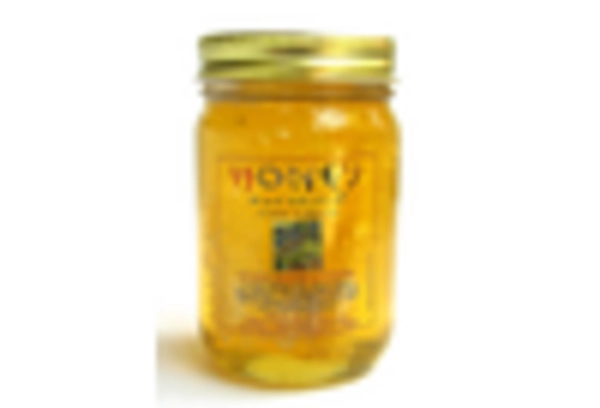

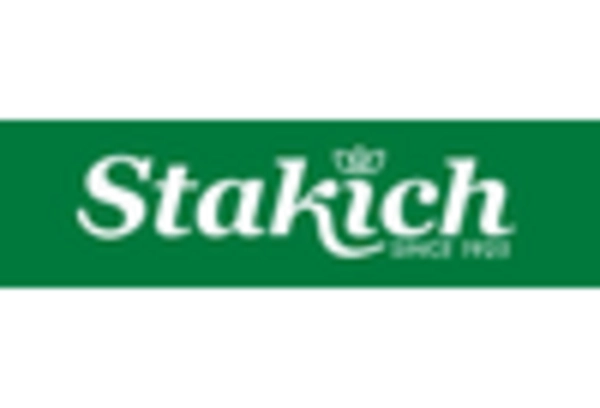








Leave a Comment